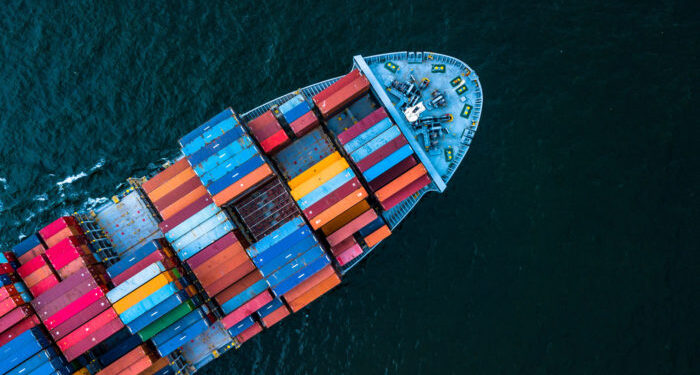The Getting to Zero Coalition’s updated its Mapping of Zero Emission Pilots and Demonstration Projects in shipping, revealing a notable increase in the uptake of large ammonia vessels, as well as an increase of zero emission activities in Asia.
[smlsubform prepend=”GET THE SAFETY4SEA IN YOUR INBOX!” showname=false emailtxt=”” emailholder=”Enter your email address” showsubmit=true submittxt=”Submit” jsthanks=false thankyou=”Thank you for subscribing to our mailing list”]
The Getting to Zero Coalition’s biannual Mapping of Zero Emission Pilots and Demonstration Projects outlines the spread and scope of existing zero emission projects. The second edition sees a significant increase in the number of identified projects – up from 66 to 106 – focusing on ship technologies, fuel production as well as bunkering and recharging facilities.
Our mapping aims to support potential first movers in kickstarting shipping’s zero emission future. By making the full list of projects publicly available today, frontrunners can draw upon learnings from other projects and improve confidence in undertaking new innovations that will get the industry on a zero emission path,
…says Jesse Fahnestock, Project Director at the Global Maritime Forum and lead of the Getting to Zero Coalition’s Motivating First Movers workstream.
Key trends
Three trends emerge from the 106 projects that are categorized by their project focus, project type, fuel choice, geographical location, and the existence of public funding:
- 2020 has seen a notable increase in the uptake of large ammonia vessels. Ten large ammonia demonstration projects have been launched, bringing the total to 14.
- For small ship projects, there is a continuing trend towards exploring hydrogen and battery power or a combination of the two.
- For fuel production projects, the mapping shows a preference towards Power-to-X fuel production with hydrogen as an input.

In the last 6 months, around 10% of the projects have increase in size or ambition or moved from the concept study stage to the demonstration stage. This shows a tangible move towards raising ambition and scaling up existing projects,
…adds Jesse Fahnestock.
Asian projects double
71 projects in the mapping have a significant connection to Europe, with Norway, the Netherlands, Denmark and Belgium all having over 10 projects in the mapping.
The geographical spread of the mapping has become more representative in the second edition. This is reflected in the number of Asian projects that have increased from 16 in the first edition to 31 in the second edition. In Asia, the majority of projects come from Japan and China, with a number also coming from South Korea.
The new mapping includes twice as many Asian projects. Based on the timing of the projects that we have uncovered, we judge that there is an increase in activities in Asia. It is also encouraging to see an expansion of new geographies now pursuing zero emission pilot projects,
…says Jesse Fahnestock.
Of the 106 projects in the mapping, just over half, 54, are known to receive some amount of direct public funding. The majority of this funding originates in Europe. The largest awards of public funding in the mapping continue to go to large scale fuel production projects.






























































